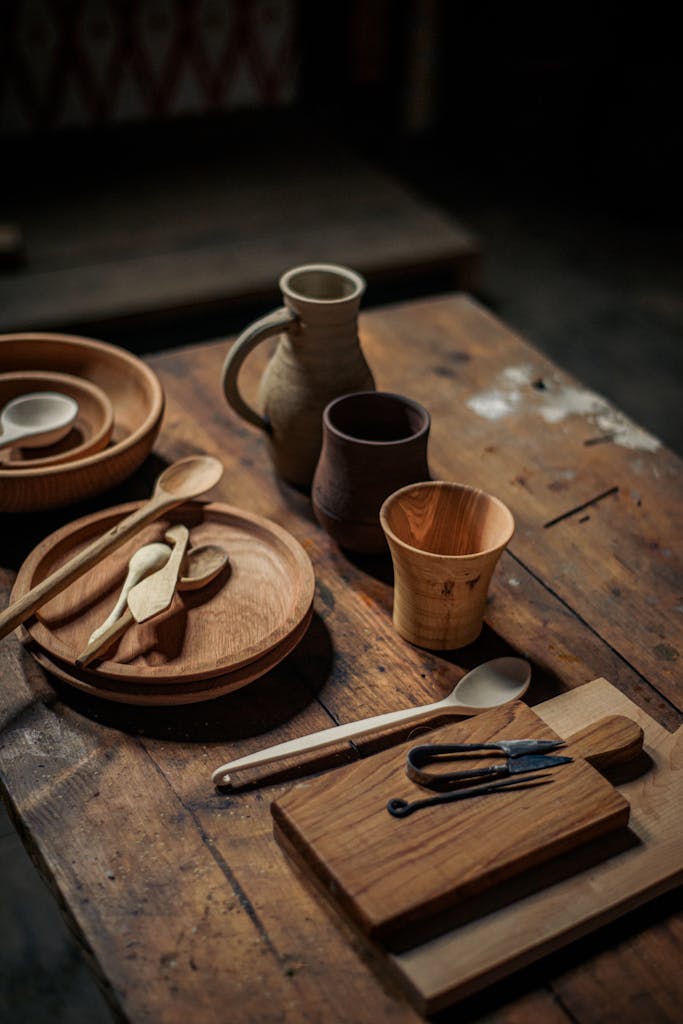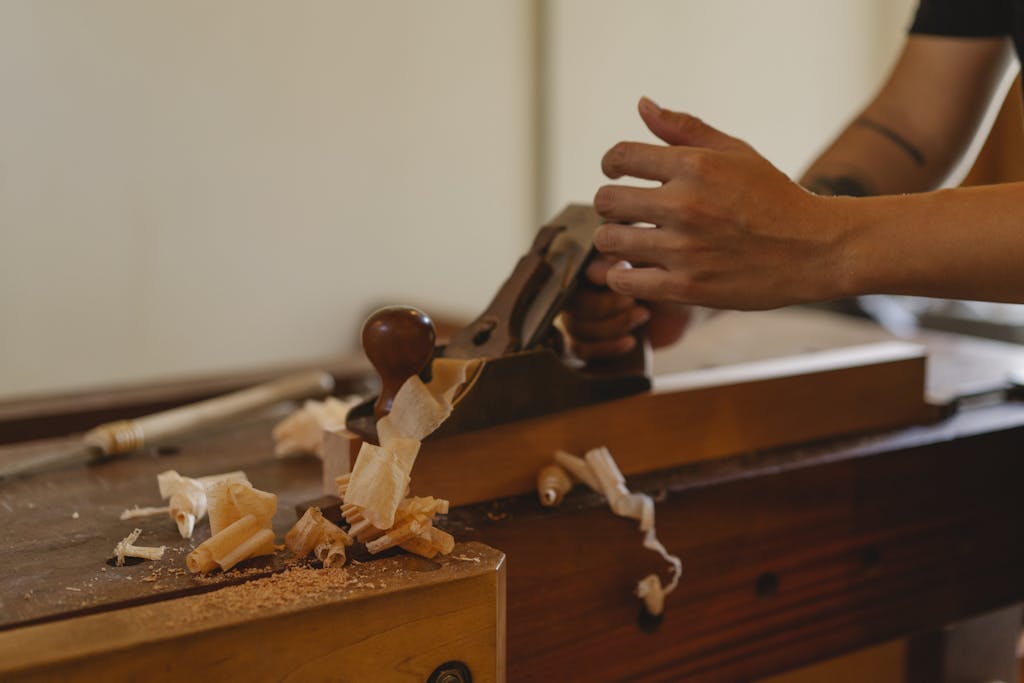The Beginner’s Guide to Woodworking Techniques
Woodworking is a hands-on craft that blends imagination with skill. If you’re new to it, learning a few core techniques will help you get started with confidence. This guide walks you through the essential woodworking practices that every beginner should become familiar with.
1. Accurate Measuring and Marking
Precision is a crucial part of woodworking. Using tools like measuring tapes, carpenter’s squares, and marking pencils helps ensure your cuts and joints fit perfectly. Always verify your measurements to avoid wasting materials.
2. Cutting Techniques
Being able to cut wood properly is a foundational ability. New woodworkers should practice with different tools:
Hand saws for straightforward manual cuts.
Jigsaws for patterns and curves.
Circular saws for making fast, straight cuts in larger panels.
3. Drilling Basics
Drilling clean holes is necessary for fasteners and joinery. Use a power drill or a drill press with the right bit for your task. It’s a good idea to test on spare wood pieces first.
4. Surface Preparation with Sanding
Sanding makes surfaces smooth and ready for finish. Start with rough-grit sandpaper (like 80-grit) and work up to finer grits (such as 220-grit) for a polished surface. Tools like sanding blocks or electric sanders help achieve consistent results.
5. Wood Joining Methods
Attaching wood pieces securely is key to building stable structures. Beginners can explore:
Butt joints: the simplest form where two pieces meet.
Pocket hole joints: strengthened with angled screws.
Dowels and biscuits: provide stronger, aligned joints.
6. Gluing and Clamping
Wood glue enhances joint strength when applied properly. After applying glue, use clamps to hold parts in place until dry. Wipe off any squeeze-out glue for a clean look.
7. Applying a Finish
Finishing protects your project and enhances the wood’s look. Common options include:
Wood stains for rich color.
Varnishes and polyurethane for protection and shine.
Paints for bold visual appeal.
8. Staying Safe
Always prioritize safety by wearing goggles, ear protection, and a dust mask. Maintain a tidy workspace and take your time to avoid accidents.
Conclusion
Although woodworking may feel intimidating at first, mastering these basic techniques opens the door to endless creative possibilities. With patience and practice, you can turn raw wood into functional and decorative pieces you can be proud of.


